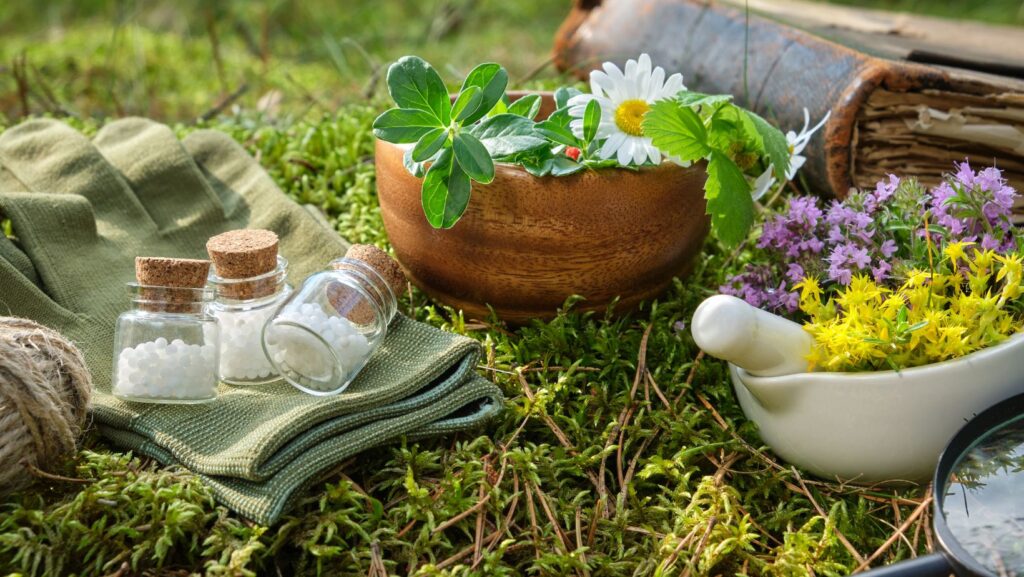Medicine has been around for a long time, with people sharing remedies through generations. These treatments mixed knowledge with cultural beliefs. Although modern medicine has advanced, ancient remedies remain fascinating and inspire new research. Many of these remedies used plants and herbs, while others relied on folklore. But what infections did ancient civilizations face? And how did they treat them? Let’s discuss the natural remedies from the past. We will also discuss how they still influence medicine today. Are you a lover of ancient things? Try betting on some ancient sports for real money at BetLabel.
Infections in Ancient Times
In ancient societies, infections were a big problem. This is because people didn’t understand germs or bacteria. Diseases like colds, the flu, pneumonia, and tuberculosis were widespread in cold regions. Gastrointestinal infections like food poisoning, diarrhoea, and typhoid fever also affect many people. Skin infections, such as boils, impetigo, and cellulitis, were also common.
Women often suffer from urinary tract infections like cystitis and pyelonephritis. Overcrowded cities, poor hygiene, and the lack of antibiotics made infections deadly. Healers turned to natural resources for solutions. They use plants, minerals, and other materials around them to find cures. There are interesting revelations ahead, keep reading to find out.
Herbal Remedies for Infections
In ancient times, herbs and plants were some of the most trusted remedies for infections. They believed that each plant had special healing powers. Garlic, known for killing bacteria, helps with wounds. People also ate it to fight infections inside their bodies. Ginger helps to reduce swelling, calm nausea, and help with digestion. It was beneficial for stomach issues.

Turmeric, which contains curcumin, helps fight infections and reduce inflammation. Echinacea boosts the immune system, allowing the body to fight off sickness. These herbal remedies were often paired with rituals or spiritual practices. Many people believed that illnesses had both physical and magical causes.
Other Natural Remedies for Infections
Ancient healers used other natural remedies besides herbal treatments. They believed sunlight could kill bacteria. So, wounds were sometimes placed in direct sunlight to speed up healing. Heat therapy, such as hot stones or steam baths, helped increase blood flow and remove toxins. Cold treatments like ice baths help to reduce swelling and pain.
Mud was another popular remedy, placed on wounds to absorb dirt and help recovery. Some cultures even used animal products. For instance, fat or blood, believing these carried life-giving energy. Healers often mixed different remedies to see what worked best for each illness.
The Effectiveness of Ancient Remedies
While some ancient remedies are not used today, modern science has confirmed their usefulness. For example, garlic contains allicin, a substance with strong antibacterial powers. Honey, another ancient remedy, helps heal wounds by preventing bacterial growth. It also speeds up tissue repair.

But, not all ancient treatments were safe or effective. How well they worked often depended on the type of infection and the health of the person receiving the treatment. Some remedies could even be dangerous. For instance, using too much of certain herbs could make people sick. Still, the fact that some ancient remedies are still used today shows their lasting value.
The Legacy of Ancient Remedies
The influence of ancient remedies can still be seen in modern medicine. Many of today’s medicines come from natural compounds discovered long ago. For example, aspirin contains salicylic acid, first found in willow bark. This ancient remedy has been used for centuries to relieve pain and reduce fever. Even today, some cultures rely on traditional medicine inspired by ancient treatments.
Conclusion
Ancient remedies were essential in fighting infections; some are still effective today. Others have inspired modern medicine, showing how people in the past deeply understood nature. Even though times have changed, the knowledge from these ancient healing practices lives on, reminding us of the value of natural remedies.
